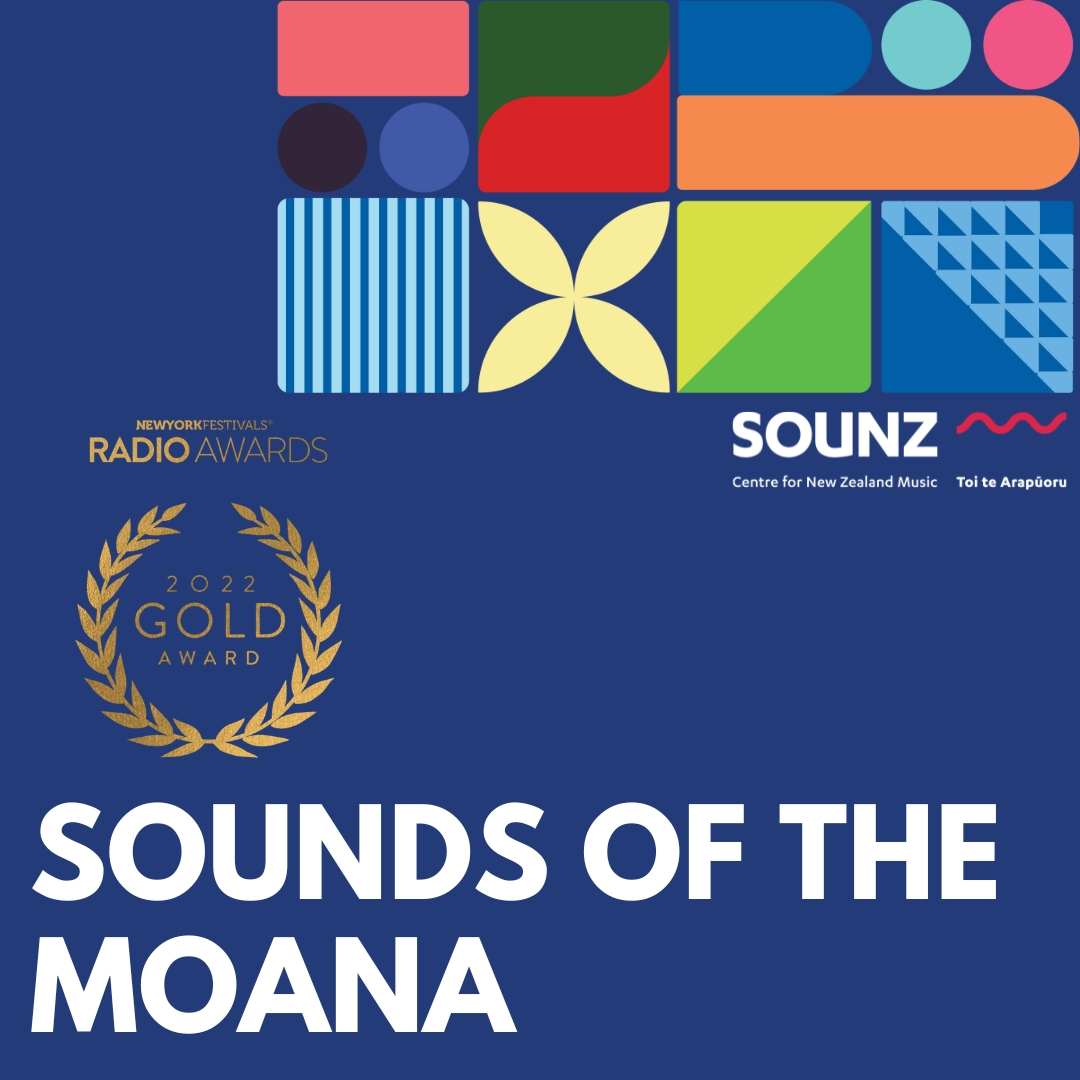Episode 1
From personal diaries, we know that Christian missionaries in the Pacific quickly identified indigenous music and singing as something that needed amendment in order to bring the native population into alignment with their new God:
“... [t]he tunes composed in the major key are made completely minor, and such is the difference that sometimes their singing reminds me of some of our solemn dirges sung at funerals etc ... I believe that all this will be done away in time”.
So wrote the missionary Reverend William Woon, shortly after his arrival in Tonga in 1830, in response to his colleagues’ awkward attempts at teaching church hymns to the locals.
But what was it about these sounds that was deemed unfit for the human soul? And how much of the original ‘Moana’ sound still exists today? In this episode we invite you to explore the original, indigenous sound of the Moana through special archival recordings and humankind’s first instrument — the voice. We ask:
- What were the original sounds and music of the Moana, and what was their role in the daily lives of the Moana’s citizens?
- What was the impact of Christianity on the sonic traditions of Tagata Moana (the people of the Pacific)?
- What, if any, traditional sound and music still exists today?
The original sound and music-making unique to the great Moana may have taken a detour, but it is not lost forever. Join host Tau’ili’ili Alpha Maiava as he holds talanoa (discussions) with the practitioners, knowledge-holders, and indigenous scholars who are keeping the ‘sounds of the navigators’ alive today.
Host: Tau’ili’ili Alpha Maiava
Guests: Hūfanga-He-Ako-Moe-Lotu Dr ‘Ōkusitino Māhina, Rita Seumanutafa, Leuga Ape Taua’ana Ata Sofara, Ma’ara Maeva, Anonymouz (aka Faiumu Matthew Salapu)
To listen to Episode 2: The Origin of Sounds, please click here
For additional resources, please click here.
Production team
Producers: Tau’ili’ili Alpha Maiava, Sophie Yana Wilson
Sound Engineered by Phil Brownlee
Research: Tau’ili’ili Alpha Maiava
Script Advisor: Kirsten Johnstone
Voice Actor: Roger Smith
Production Assistance: Roger Smith, Kelly Mata, Nina Lesperance, Jonathan Engle, Alpana Chovhan
Executive Producers: Diana Marsh, Tiumalu Noma Sio-Faiumu, Leoné Venter
Special thanks to
Ngā Taonga Sound and Vision
Archive of Māori & Pacific Sound, The University of Auckland
Les Anderson from the McPherson Natural History Unit Sound Archive
Faiumu Matthew Salapu
RNZ Concert
Cover Art: Kennedy Kioa Toi Faimanifo of Manatoa Productions
This podcast is supported by funding from Creative New Zealand.

© Copyright Centre for New Zealand Music Trust
